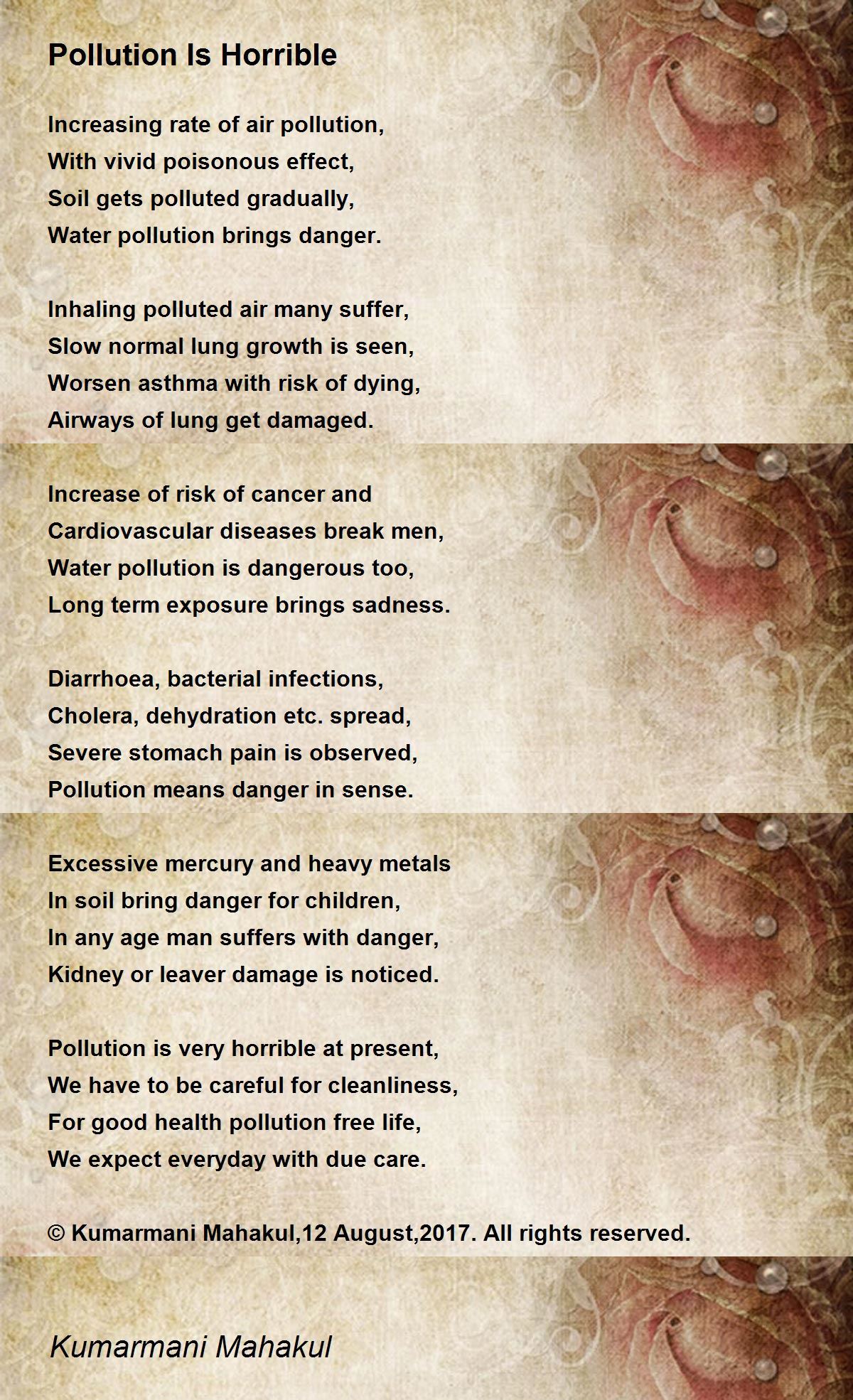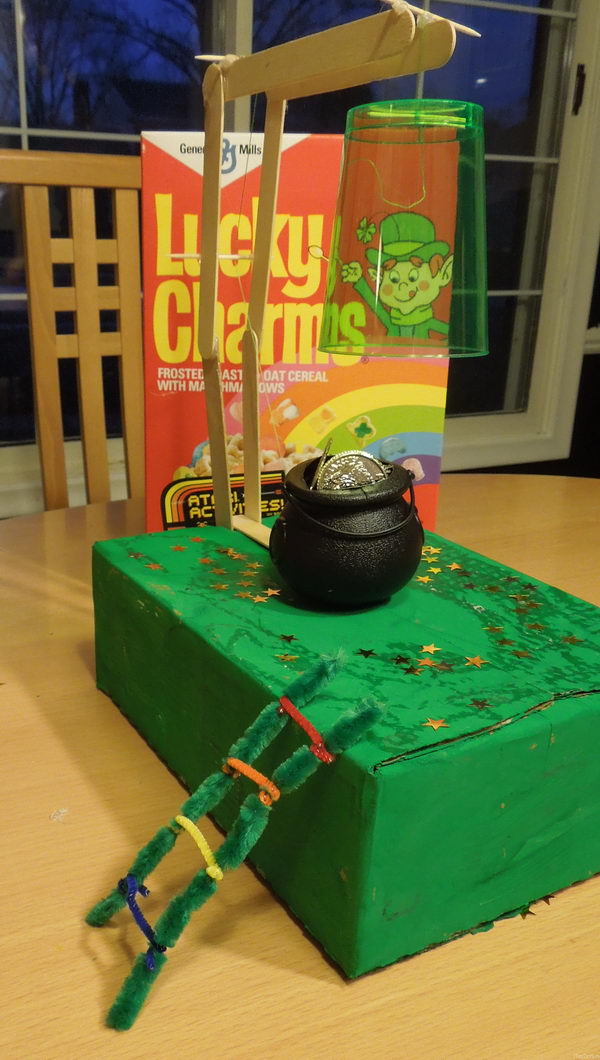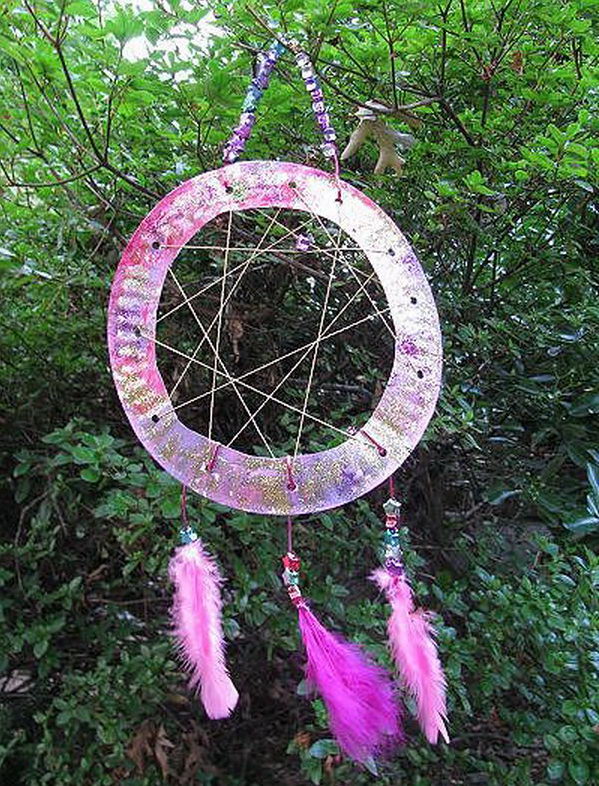Table of Content
Get free craft projects, exclusive partner offers, and more. You won't be shattering any hearts this Valentine's Day because the Touching Tissue Paper Hearts aren't real stained glass, though they look convincing. Breathing air is vital to our existence, but have you ever thought you might not be breathing purely clean air? This simple experiment will help you determine the amount of foreign particles in the air in a specific area and give you an idea of how “dirty” your air is.

Hang your suncatcher in a bright window where it can catch the light. Craft stores will have faceted crystal beads, as well as colored glass beads in the jewelry section. The round glass pieces are in the floral department. Where do I find the crystals for the suncatchers? Hang the suncatcher indoors in front of a window.
How to Control Adult Fungus Gnats
Tie the ends of the string together to form a loop, then hang your suncatcher in a bright window. Keep your suncatcher indoors and don't let it get wet, or it will fall apart. Punch a hole into the top of your suncatcher, then thread some string through it. You can also use fishing line, yarn, or ribbon.

You want to use string that is strong, but flexible. Artificial sinew, hemp cord, waxed nylon string, or silk thread all work great. The length of the string should be ten times the diameter of the hoop. Traditionally, natural-colored string is used, but you can use any color you want.
Why support the Library?
Ad it doesn't matter where you live you can make these pollution catchers anywhere. And we're actually going to help 1, clean the air and 2, see how dirty the air is in your environment. Making a dreamcatcher is a fun project you can do by yourself or with friends.

For example, if you are using a 5-inch hoop, then you will need 50 inches or 2 yards (1.8 meters) of string. WikiHow marks an article as reader-approved once it receives enough positive feedback. This article received 58 testimonials and 90% of readers who voted found it helpful, earning it our reader-approved status. % of people told us that this article helped them. Thanks to all authors for creating a page that has been read 154,983 times. Spread a thick layer of clear school glue over the bottom of the lid.
Popular DIY Crafts
Use a pair of needle nose pliers to open the loop on the memory wire, if needed. Slip the headpin onto the memory wire's loop, then use your needle nose pliers to close it again. You can use the standard teardrop shape, or something more interesting, such as a ball, heart, or star.
Next, tie the end of some string to the hoop. Loop the string around the hoop and down through the opening. Work your way around the hoop to make the first layer of the web.
About This Article
A traditional dream catcher is made from a small wooden hoop and covered with a web of natural fibre or sinews. These are then decorated with sacred hanging beads and feathers. The hoop is generally made from red willow branch. Leather is used commonly to cover the hoop. In some tribes, even natural sinews are used to wrap the hoop.
Dream catchers are also said to bring in good sleep. Dream catchers originated among the Native Americans tribes. The tribe Ojibwes are said to be the original creators of dream catchers. However, other native tribes like Lakota also have their own dream catchers. In their native language, they call it asabikeshiinh, which means 'spider' as the net inside the hoop looks like a spider's web. Tie the loose ends into a knot to make a circle.
You can try this fun Rainbow Spiral Melted Bead Suncatcher for a great summer craft for kids. You will most likely find some amount of particles stuck to the pollution catcher. So I'm going to take just a couple fingers and I'm going to take a bunch of this petroleum jelly.
Cut the head pin with a pair of wire cutters .Next, grip the tip of the headpin with your pliers, and roll it towards the bead to form a loop. With this art project idea, you can learn how to make suncatchers the easy way. Glass Gem Suncatchers are totally effortless, but the end result is simply stunning. You can try all three variations and make tons of heart-shaped plastic bead suncatchers for all of your loved ones. This experiment will test for particulates that contribute to air pollution. You will try to collect some solid stuff from the air and determine what caused it to be in the air.
Secure the lace around the top of the hoop by pushing the knot through the loop. Then pull tight to create the hanging loop. How you decorate your dreamcatcher is up to you. You can use feathers, strips of fabric, beads, gemstones, and shells to decorate your dreamcatcher. Choose materials that have personal meaning for you. Embroidery hoops are another good option for dream catchers.
Come back two weeks later, come back one month later. And then you take it off and you're going to look. And you know what you're going to notice?
Particulate matter is the pollution you can see. Discuss your findings/observations with your family. Most major air pollutants are invisible, but you can see them when large amounts of particulates concentrate in cities. Another option is biological control using Bacillus thuringiensis subsp.


No comments:
Post a Comment